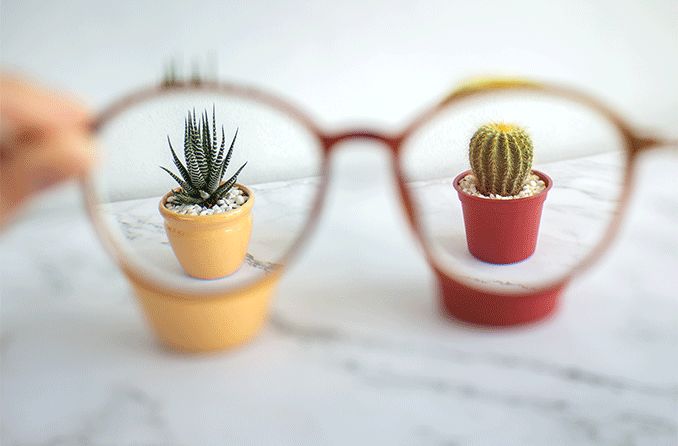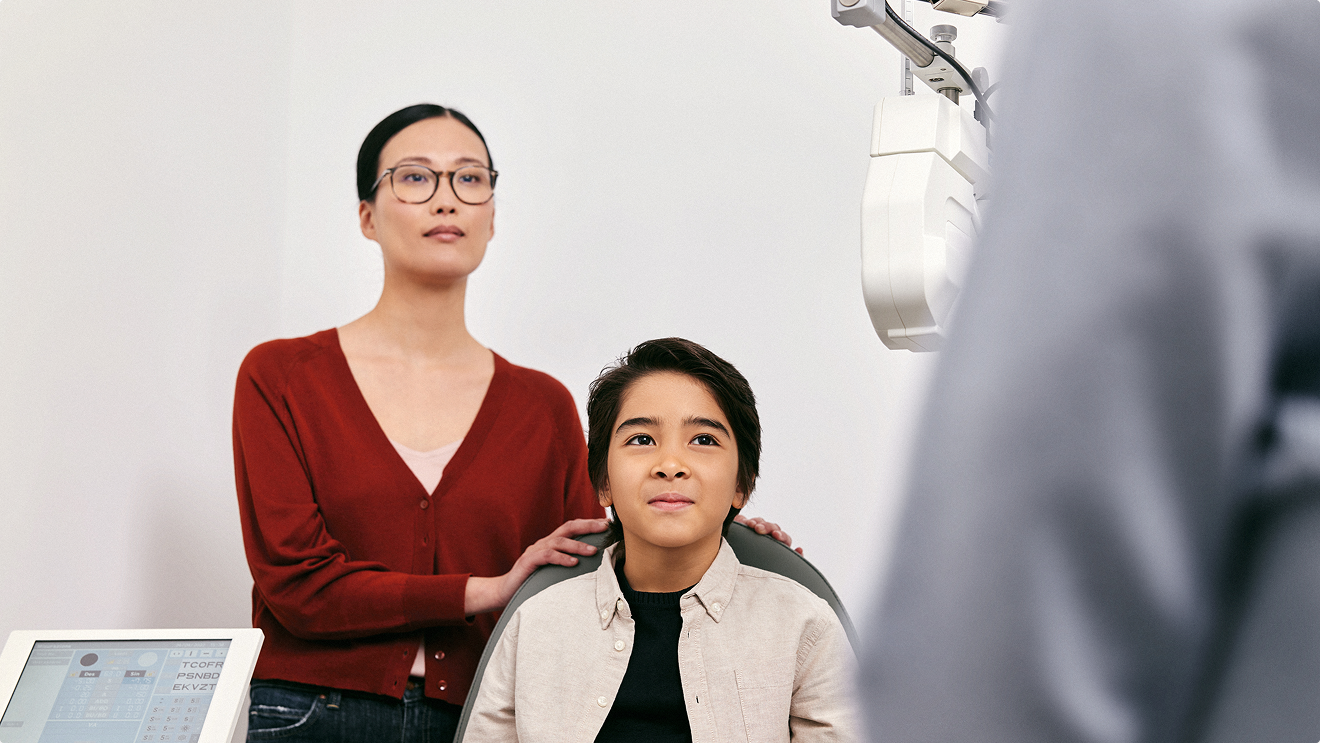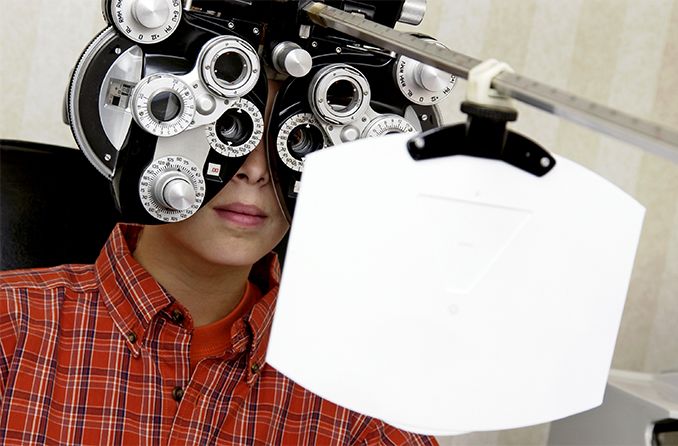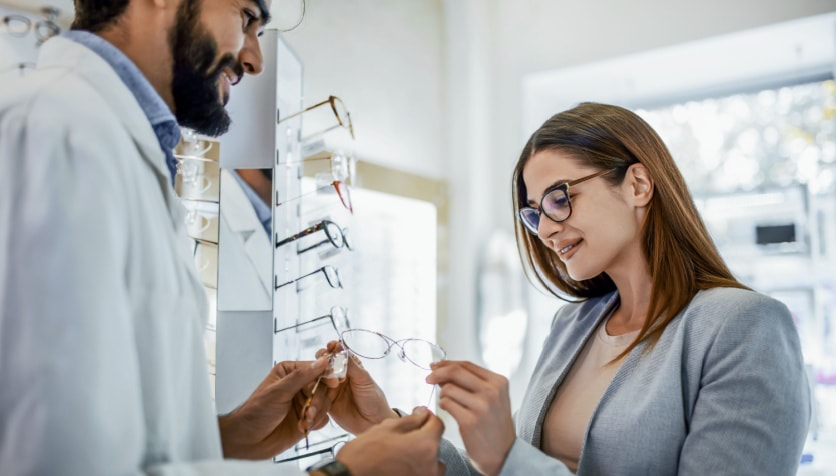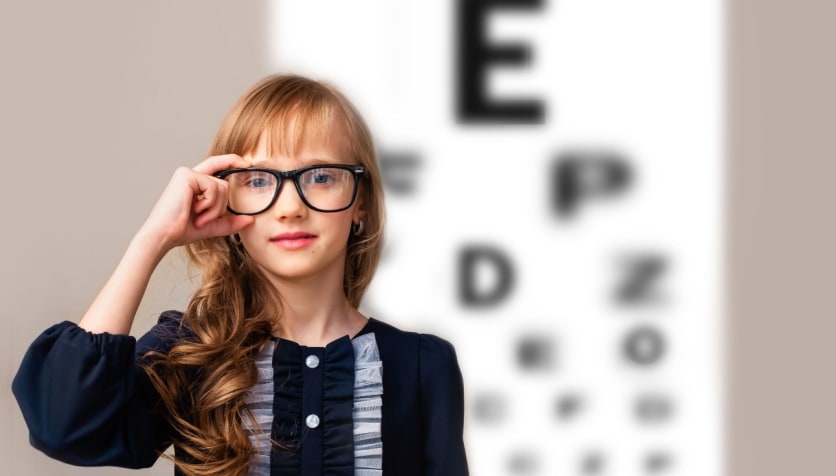What does bilateral myopia mean?
Myopia (nearsightedness) is a vision impairment that causes difficulty in focusing on objects and signs that are far away. The condition is common among children and adults and can occur in one or both eyes. When it occurs in both eyes, it is called bilateral myopia.
Although bilateral myopia affects both eyes, the degree of vision prescription for each myopic eye may vary.
What causes bilateral myopia?
Bilateral myopia occurs when each eyeball is longer than normal, or when the cornea and/or lens is too curved. In rare cases, it can be due to the location of the lens and cornea relative to each other. A combination of these factors can also be responsible for bilateral myopia.
Bilateral myopia is typically detected in childhood, and it is more likely to occur if there is a family history of the condition.
SEE RELATED: What’s the difference between nearsightedness and farsightedness?
Symptoms of bilateral myopia
Bilateral myopia affects visual acuity in both eyes. This means symptoms are usually experienced in both eyes at the same time. Some common symptoms of bilateral myopia include:
Squinting the eyes to see far-away objects more clearly
Vision changes with age, so these symptoms can reoccur over time. This is often an indicator that your vision prescription needs to be updated. In some cases, vision may become weaker in one eye over time while the other eye remains the same.
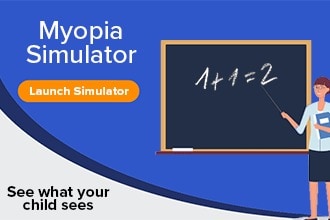
How is bilateral myopia diagnosed?
An eye doctor diagnoses bilateral myopia through a comprehensive eye exam. This routine exam includes an evaluation of overall eye health as well as assessing any refractive errors.
If you are diagnosed with bilateral myopia, you may notice the code H52.13 in your medical record. This is the ICD-10-CM code for bilateral myopia.
How is bilateral myopia corrected?
Bilateral myopia can be corrected with prescription eyeglasses or contact lenses. Refractive surgery (such as PRK or LASIK) can also correct bilateral myopia. However, it is only an option in adulthood, after myopia has stabilized.
Is myopia always bilateral?
No, not always. A person can have myopia in both eyes or only one eye. A person can also have different degrees of myopia in each eye. Variations from bilateral myopia include:
Monovision: (only one myopic eye)
Antimetropia: myopia (nearsightedness) in one eye and hyperopia (farsightedness) in one eye
Forms of myopia
There are also different forms and degrees of myopia that may develop whether a person is nearsighted in both eyes or only one eye. Some of these forms include:
Progressive myopia: myopia that continues to worsen year after year
High myopia: nearsightedness with a degree of -6.00 diopters or more
Pathological myopia: a severe form of myopia that affects the retinas
Secondary myopia: myopia caused by a separate condition, such as an injury or drug use
READ NEXT: Is nearsightedness reversible?
Amber McManes also contributed to this article.

